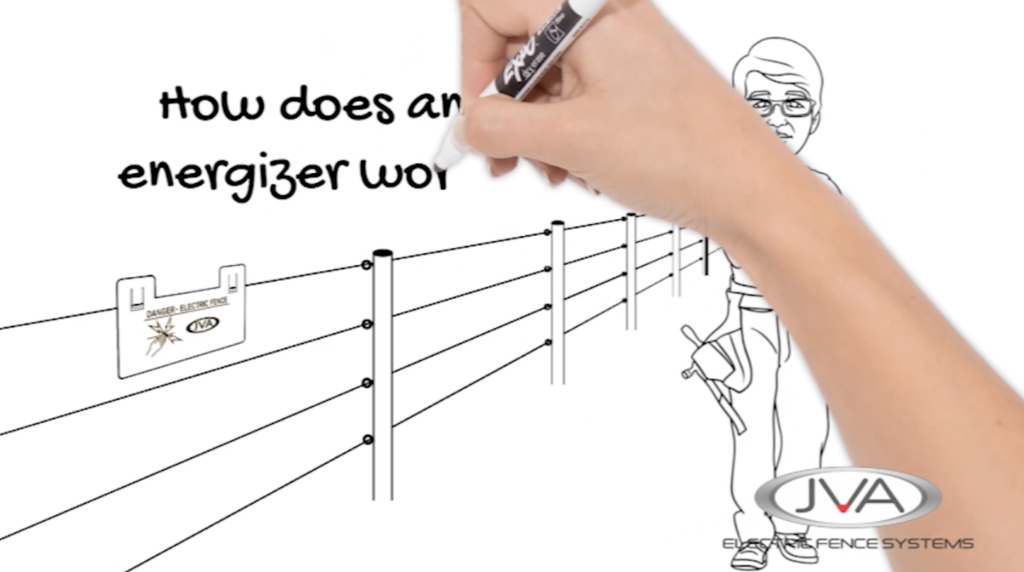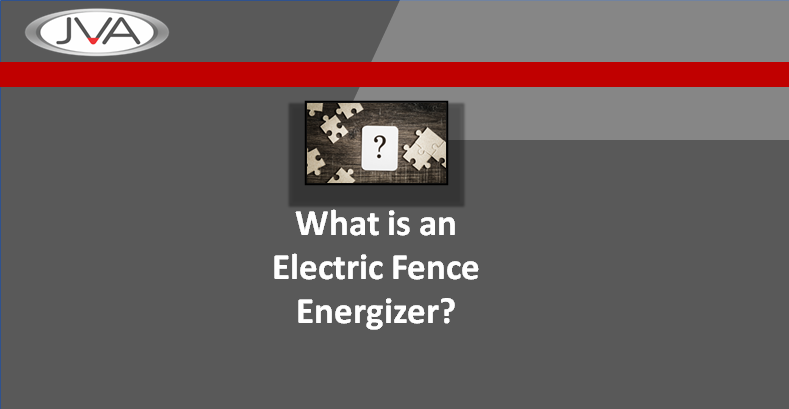Electric fencing isn’t a modern concept and has been used by farmers, ranchers, and private and public landowners for as far back as I can remember. Although there have been countless advancements in the efficiency and effectiveness of monitored fencing systems, the technology at the heart of electric security fencing is very much the same as it’s always been.
So, it should be easy enough to understand a product’s features and benefits when trying to make a buying decision, right? Wrong! I’ve met many ranchers that were red in the face with frustrations over how to cut through the jargon to find the right security products for their property.
If you’ve ever found yourself pulling your hair out trying to find the right kit for your property, I’m here to help. Here’s my ultimate rundown of the terminology you need to know for electric security fencing.
Let’s start with some basics: voltage, current, energy, and power. Although most of the folks reading this will have a good working knowledge of these terms, the electrical concepts relating to them aren’t always as widely understood.
Let’s compare electricity to water: voltage is like pressure and current is like water flow. You can’t have flow without at least a little pressure but if the ‘tap’ is off you can still have pressure without flow. Energy is a measure of the work done, and power is the rate of energy transfer. In all systems, energy is measured in joules.
What is an Electric Fence Energizer? Click here to see the video
Now that we’ve covered the basics, let’s look at electric fence energizers because this is where many of my clients struggle to make sense of what they need for their fencing project. A fence energizer can also be known as a charger or controller and is the part of an electric security fence setup that produces a short and safe high voltage shock. They work by storing electricity in the main capacitor (think gas in the tank of a car) and sending it out when a potential breach along the fence is detected.
During my years of working in monitored security, this is often the sticking point for how to set up a fencing system. This is because there are so many terms and units used by manufacturers to spec their fence energizer kits, including:
- Stored joules
- Output joules
- Kilovolts on load
- Maximum miles of a fence
- Pulse length and shape
Let’s look at these in further detail.
Stored Joules
The amount of electrical energy stored by the energizer before each pulse is known as stored joules. It’s important to remember that not all of the energy in the capacitor makes it out because some of it is lost as heat in the circuit.
Brands that use stored joules as their energy rating will sound like they have more power but that’s not necessarily the case. It’s entirely possible to manufacture an energizer with high stored joules by using a small capacitor charged to the max, and it could also have a lightweight output transformer where most of the energy is lost as heat.
For this reason, stored joules can be useful to roughly classify an energizer but it’s not particularly smart to rate an energizer solely on this rating.
Output Joules
The energy that does make it out of the energizer is known as output joules. A good rule of thumb is that for every one joule of stored energy, an energizer will deliver around 0.75 joules output. So, a 15 joule stored energizer is pretty much the same as a 10 joule output energizer.
Peak output joules is the maximum output joules for any load (think of it as the equivalent of a car’s motor delivering peak torque at a certain rpm). The closer output joules come to stored joules, the less energy is being lost in the energizer and the more efficient it is.
Output joules are broadly a better way to measure the capabilities of an energizer, but if you’re using this to compare energizers you’ve got to also consider what load the figure is given at and whether the stated output energy is actually useful (not easy to do in practice).
Kilovolts on Load
A kilovolt is 1,000 volts and this measurement is used to determine the ability of a fence to shock. To be effective, the fence charger voltage needs to be above 3.5kV. There are a few factors to consider though since any grass or scrub touching the live wire will likely reduce the voltage on the wire. So if your land has long grass, it’s worth going for a more powerful energizer.
Maximum Miles of a Fence
Even if your electric security fencing is well-built with clean insulators and zero grass load, many manufacturers choose to rate their energizers by the maximum miles of fence that can be energized. This is a useful figure but again, it isn’t foolproof. The layout of a fence can easily change the results, for example.
Another important consideration is that different energizers are best suited for different applications. One might be excellent at powering a long line of rural fencing but impractical for several smaller paddocks, and vice versa. This is because of different output pulse shapes and energy load curves (think of it as configuring a car’s motor and gearbox for either high speed or high torque).
Electric Fence Pulse Length and Shape
The term pulse length refers to the amount of time that the high voltage pulse exists for. This is usually measured in microseconds and although this measurement isn’t used to rate energizers it’s often quoted by manufacturers.
Getting the pulse shape right means that the energizer can do a much better job as part of your security fence installation. In fact, it’s possible to achieve up to twice the voltage at the end of the fence for the same stored joules if the pulse is right.
How Many Joules for Electric Fence Setups?
Is there an easy way to convert stored joules, output joules, kilovolts, or miles for a fence energizer? I’m afraid not, but there are a couple of guidelines that’ll point you in the right direction. Some folks in the industry suggest that one stored joule will power six miles of fence, but this doesn’t take into account pulse shape and load curves. It also doesn’t consider efficiency and is a practically useless formula above 30 miles. Another rule of thumb is that in general, more is better. Again, this only works to a point and isn’t the most cost-effective approach.
If you’re still flummoxed over how to set up an electric fence after reading this, just give me, Billy a call 512-466-1859. I’ll be happy to help you figure out what you need for your electric security fencing.





